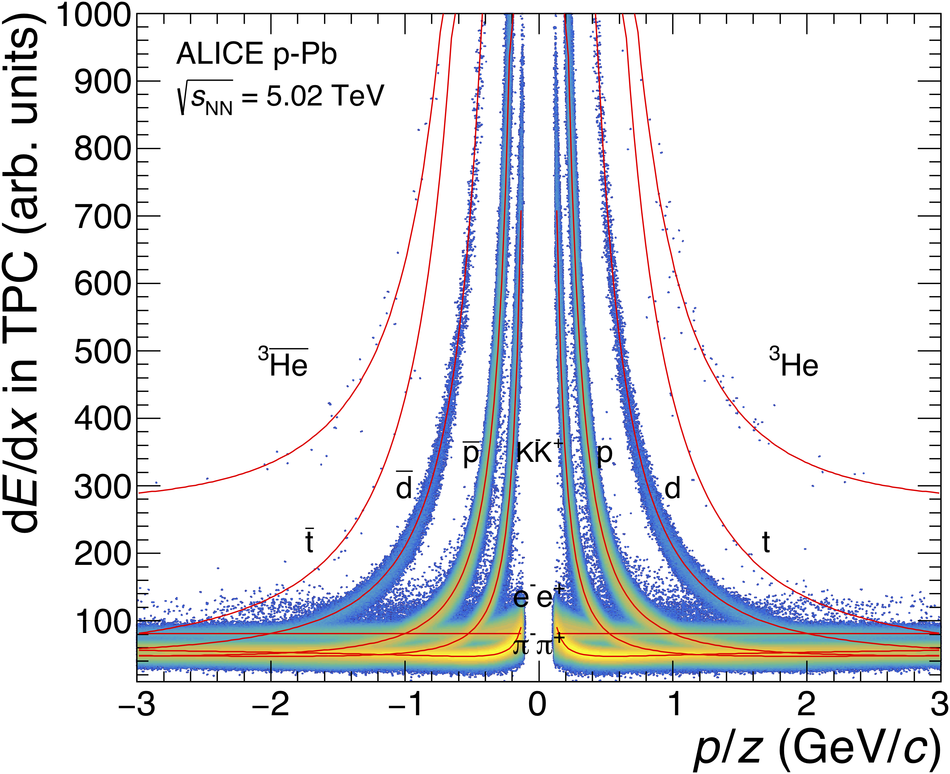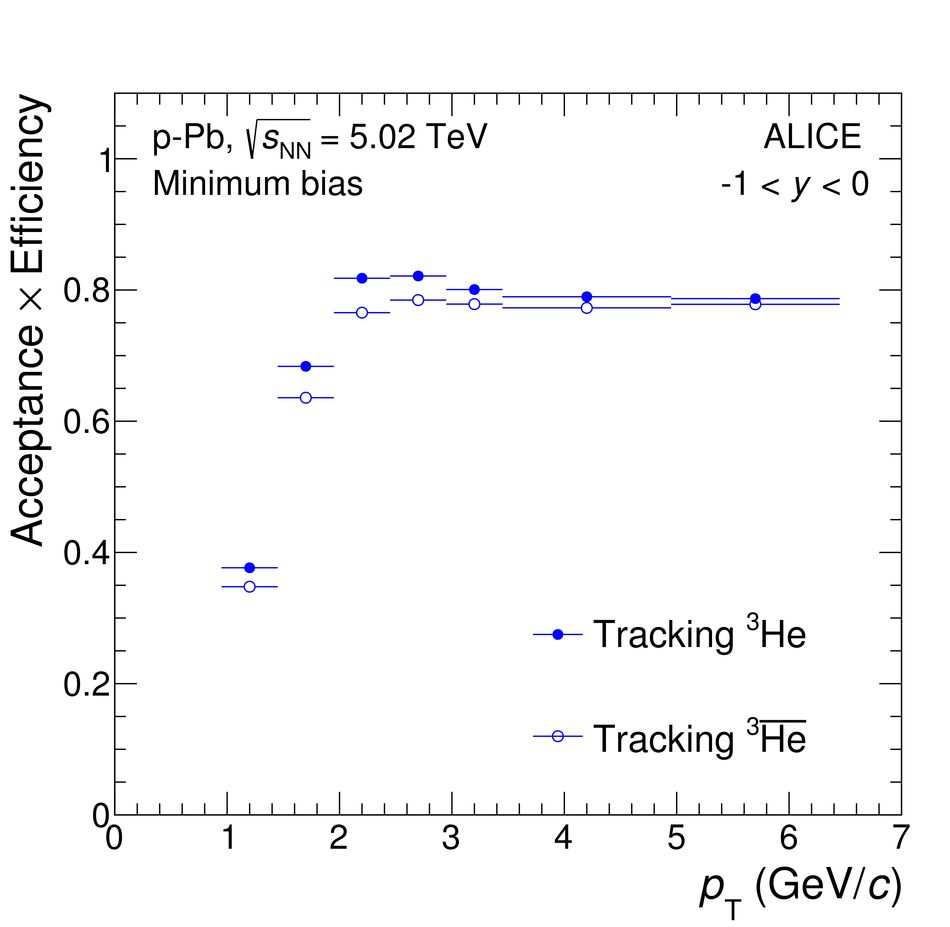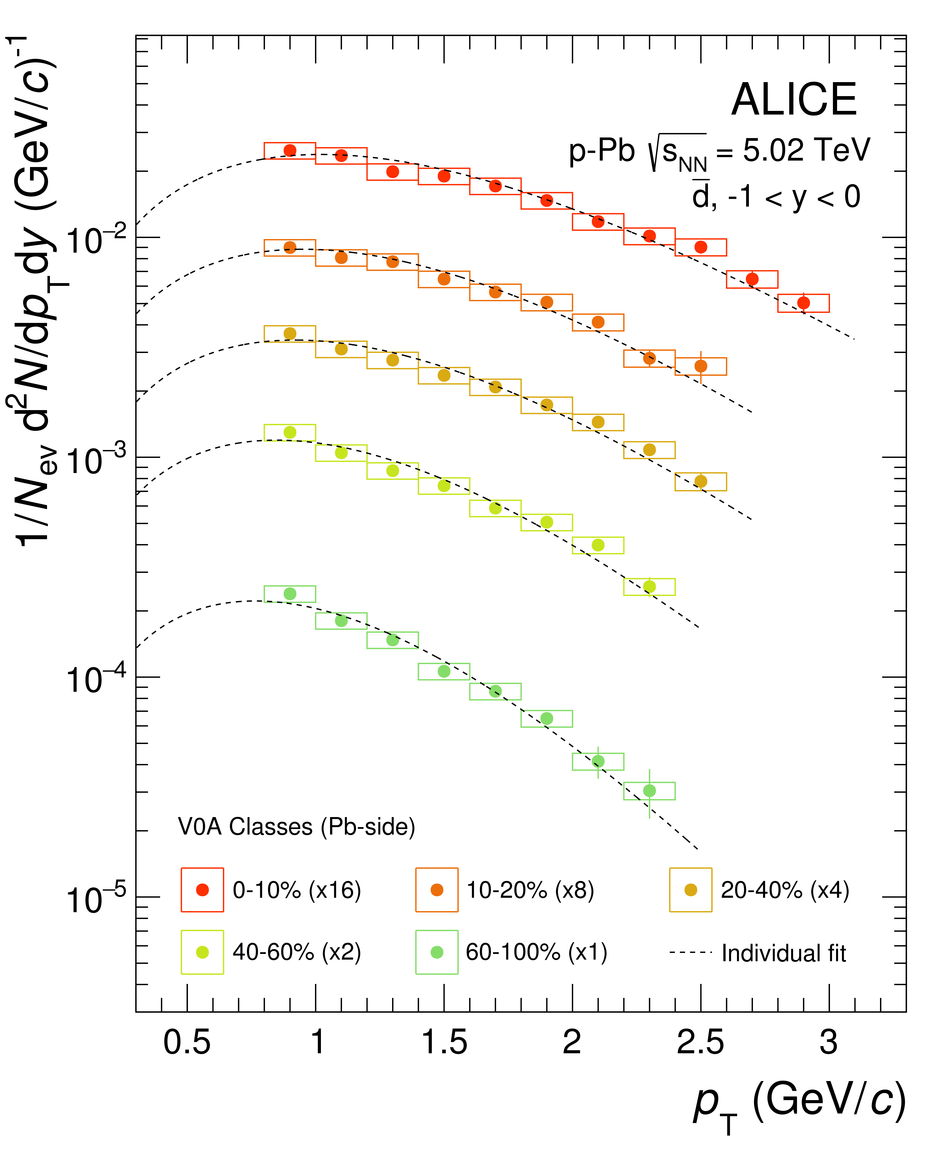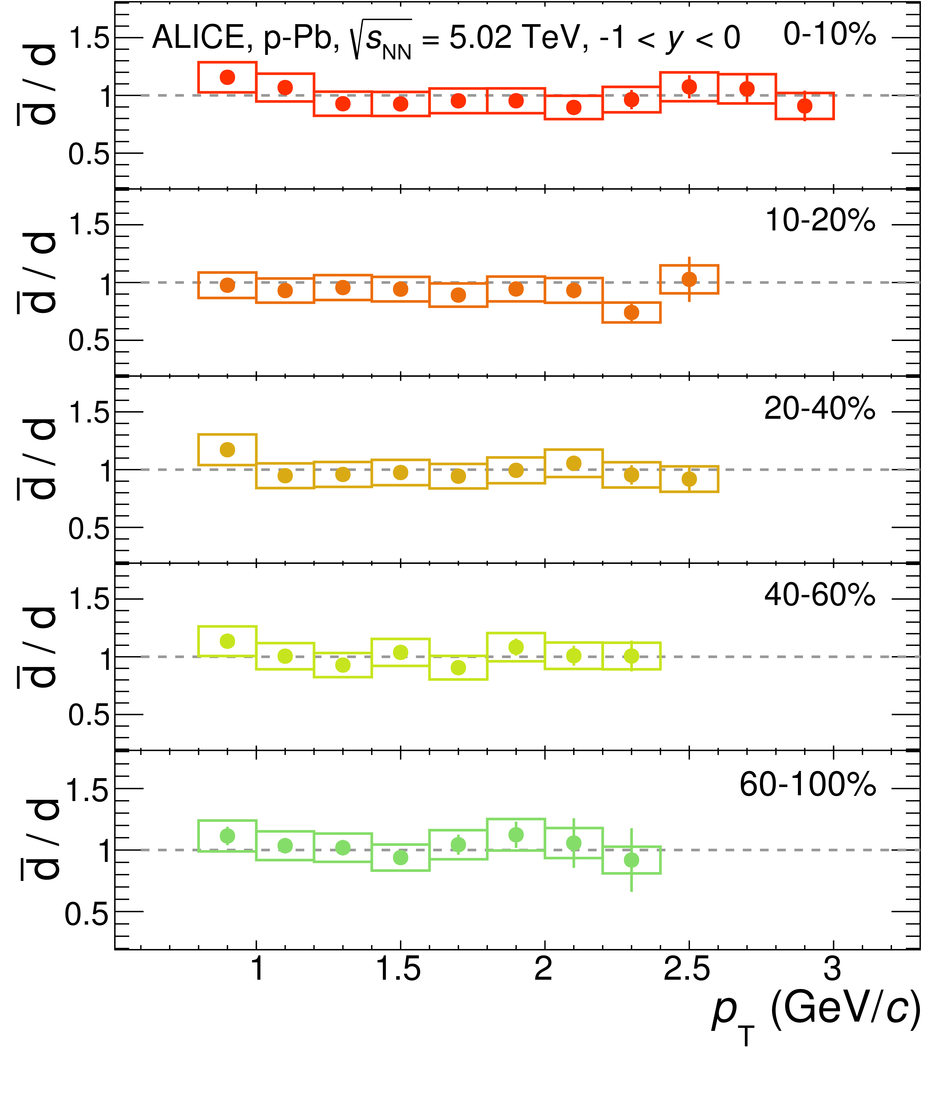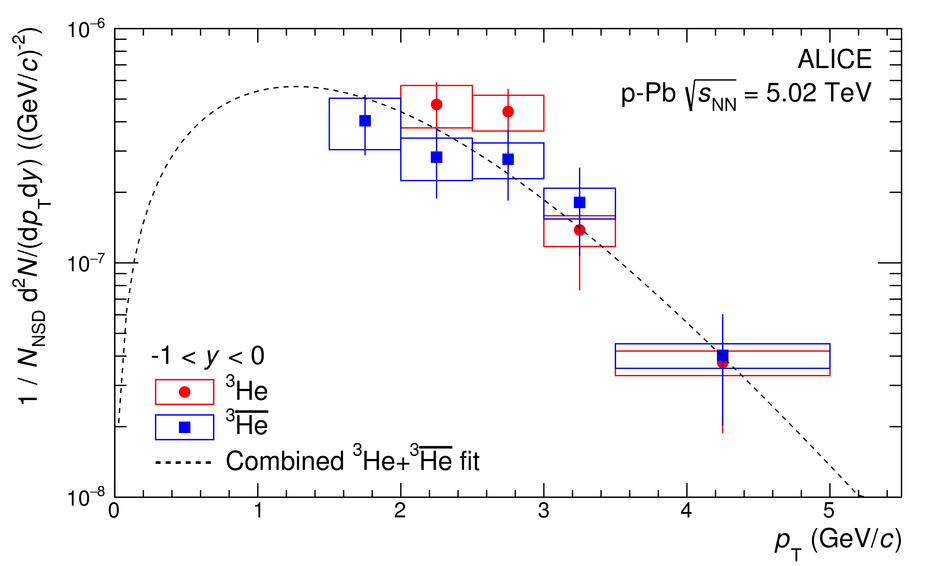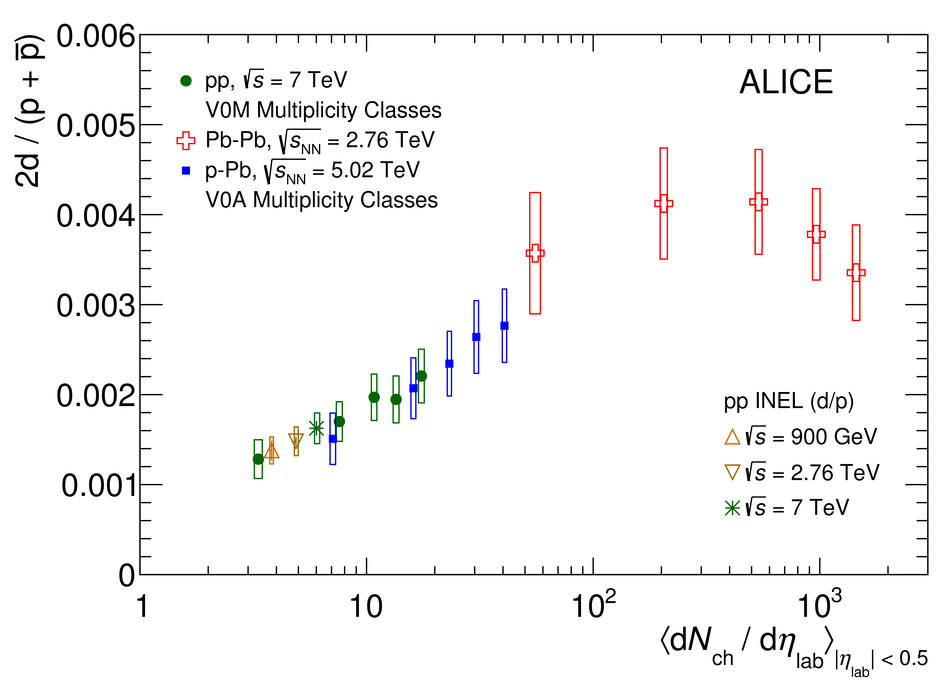The measurement of the deuteron and anti-deuteron production in the rapidity range $-1 <~ y <~ 0$ as a function of transverse momentum and event multiplicity in p-Pb collisions at $\sqrt{s_{\rm{NN}}}$ = 5.02 TeV is presented. (Anti-)deuterons are identified via their specific energy loss $\rm{d}E/\rm{d}x$ and via their time-of-flight. Their production in p-Pb collisions is compared to pp and Pb-Pb collisions and is discussed within the context of thermal and coalescence models. The ratio of integrated yields of deuterons to protons (d/p) shows a significant increase as a function of the charged-particle multiplicity of the event starting from values similar to those observed in pp collisions at low multiplicities and approaching those observed in Pb-Pb collisions at high multiplicities. The mean transverse momenta are extracted from the deuteron spectra and the values are similar to those obtained for p and $\Lambda$ particles. Thus, deuteron spectra do not follow mass ordering. This behaviour is in contrast to the trend observed for non-composite particles in p-Pb collisions. In addition, the production of the rare $^{3}{\rm{He}}$ and $^{3}\bar{\rm He}$ nuclei has been studied. The spectrum corresponding to all non-single diffractive p-Pb collisions is obtained in the rapidity window $-1 <~ y <~ 0$ and the $p_{\rm{T}}$-integrated yield d$N$/d$y$ is extracted. It is found that the yields of protons, deuterons, and $^{3}{\rm{He}}$, normalised by the spin degeneracy factor, follow an exponential decrease with mass number.
Phys.Lett. B800 (2020) 135043
HEP Data
e-Print: arXiv:1906.03136 | PDF | inSPIRE
CERN-EP-2019-120

